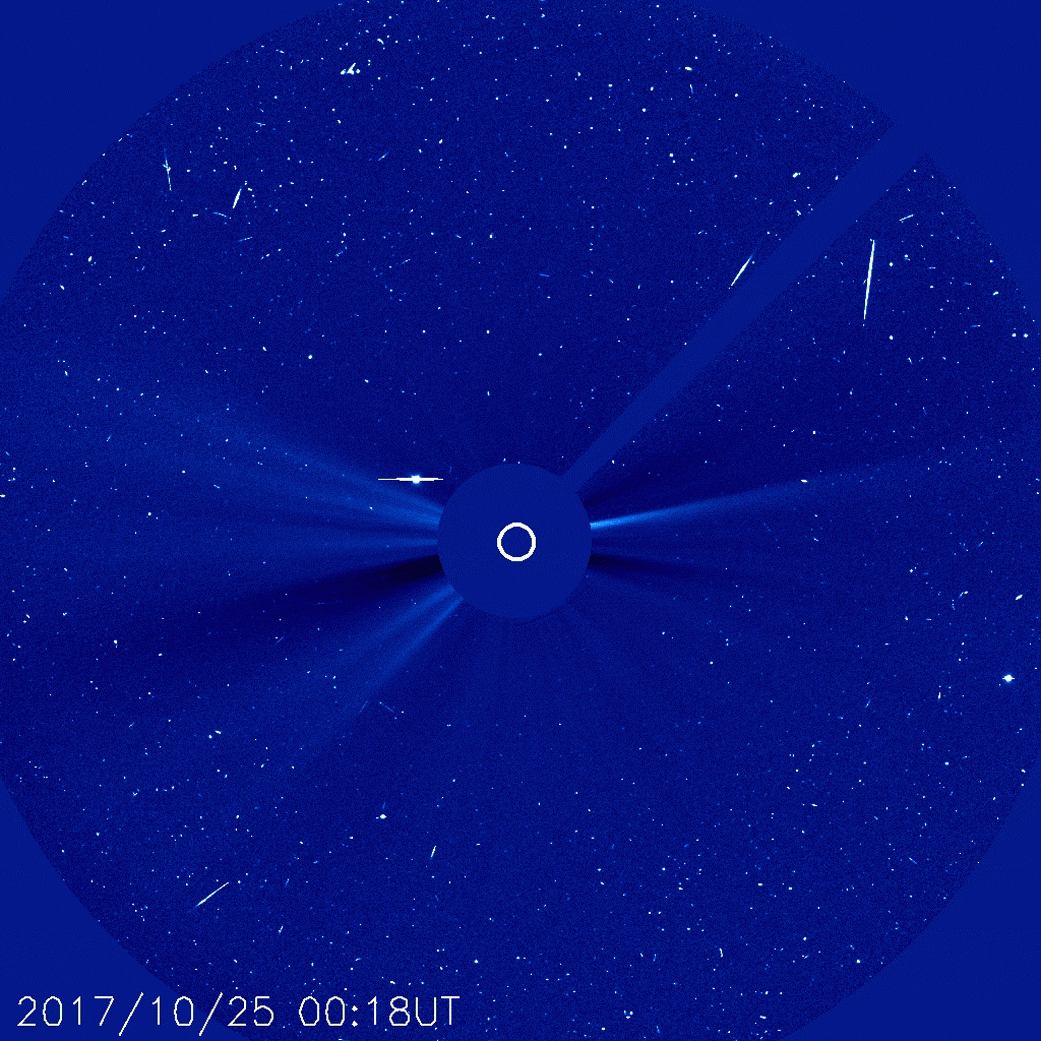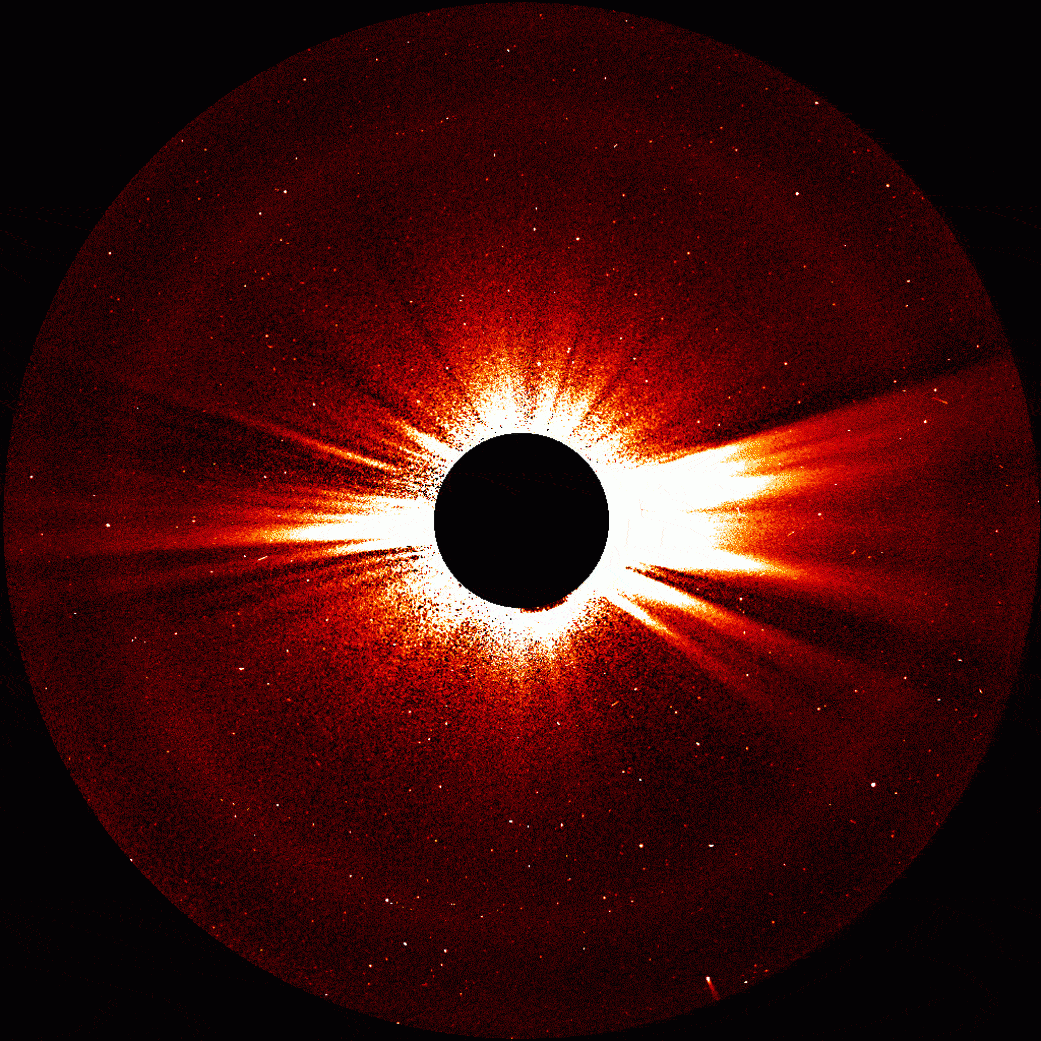Comet 96P 'Machholz' spotted again, this time from two different locations in space
"These are the most comprehensive parallel observations of Comet 96P yet," Nasa said.

After appearing a number of times in the past, Comet 96P – which is also known as Machholz – has again been spotted by Nasa. However, this was a rare sighting since the space agency got a close look at the celestial object from two different missions in space.
The comet was caught in the field of view of the orbiting Solar and Heliospheric Observatory (SOHO) – a mission launched jointly by Nasa and the European Space Agency (ESA). It got into SOHO's view from the lower-right corner on 25 October and moved upwards along its right edge before leaving on 30 October.
Though SOHO had previously spotted comet 96P on four occasions (in 1996, 2002, 2007 and 2012), the latest observation is special as the spacecraft did not perform the job alone.
Another mission, called Solar and Terrestrial Relations Observatory or STEREO, caught a glimpse of the comet in a parallel observation from the opposite side of the Earth's orbit. It passed through STEREO's view between October 26 and 28.
Nasa said, "It is extremely rare for comets to be seen simultaneously from two different locations in space, and these are the most comprehensive parallel observations of Comet 96P yet."

Both missions took note of polarisation measurements of the comet. This, as Nasa explained, is that particular measure of sunlight in which light waves get oriented in the same manner after passing through particles in the tail of the comet. Nasa says these measurements could help scientists find more details about the said particles.
"Polarisation is a strong function of the viewing geometry, and getting multiple measurements at the same time could potentially give useful information about the composition and size distribution of the tail particles," said William Thompson, STEREO chief observer at Nasa's Goddard Space Flight Center in Greenbelt, Maryland.
The latest observation also builds on SOHO's observation from 2012. Back then, astronomers saw two tiny comet fragments ahead of 96P's main body. Now, they have found a third fragment, something that suggests the comet is still actively changing.
Using the combined data from both observatories, scientists will also look to get more insights into 96P's composition and its interaction with solar wind – the stream of charged particles flowing from the Sun.





















